Archive Gallery
Explore the gallery to learn more about the artefacts that tell our story.

The Permanent TSB Archive
In 2021 Permanent TSB appointed an archivist to undertake a survey of the Bank’s historical records and archives. In 2022 the Permanent TSB Archive was established. Its purpose is to collect, preserve and make available records and artefacts relating to the history and development of Permanent TSB and its banking ancestors, and to enhance understanding and appreciation of the Bank’s history and heritage.
The documents preserved in the archive are the Bank’s direct link to its past and to the many people who have contributed to its development. The records have an enduring cultural, historical and evidentiary value and will help to tell the Bank’s story for many years to come.
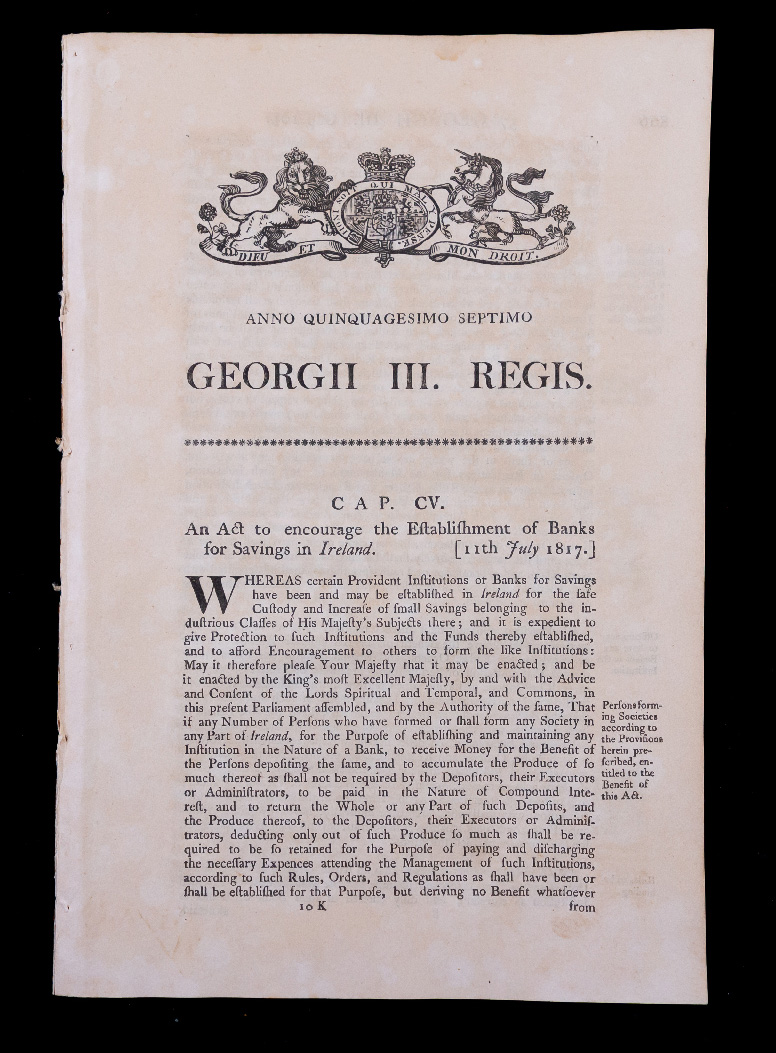
An Act to Encourage the Establishment of Savings Banks in Ireland, 1817
Savings banks began to spread around Ireland and Great Britain in the early 1800s. Government oversight was eventually established in the form of legislation which set out rules and regulations, as well as guarantees, for savings banks. On 11 July 1817 an ‘Act to Encourage the Establishment of Savings Banks in Ireland’ was passed by parliament in London. The act limited savings bank depositors to investments of no more than £50 in any one year. It also stipulated that the banks had to lodge their funds banks with the UK Commissioners for the Reduction of the National Debt, the statutory body responsible for the investment and management of government funds. The state paid a high rate of interest on the deposits it received from the savings banks and the savings banks in turn passed on generous rates of interest to their depositors.
School Street Savings Bank Minute Book, 1818
Pictured here is the first minute book of the Dublin Savings Bank, formerly known as the School Street Savings Bank. The bank was established in a schoolhouse in the Liberties in February 1818 and opened numerous branches across the city in the 1820s and 1830s. In 1844 it changed its name to the Dublin Savings Bank. Early savings banks were usually established and run voluntarily by members of the gentry and prominent local businessmen or merchants. Among the founders of the Dublin Savings Bank were two sons of the famed distiller Arthur Guinness, as well as members of the Bewley, Jameson and LaTouche familes. You can see their names listed in the pages of the minute book.
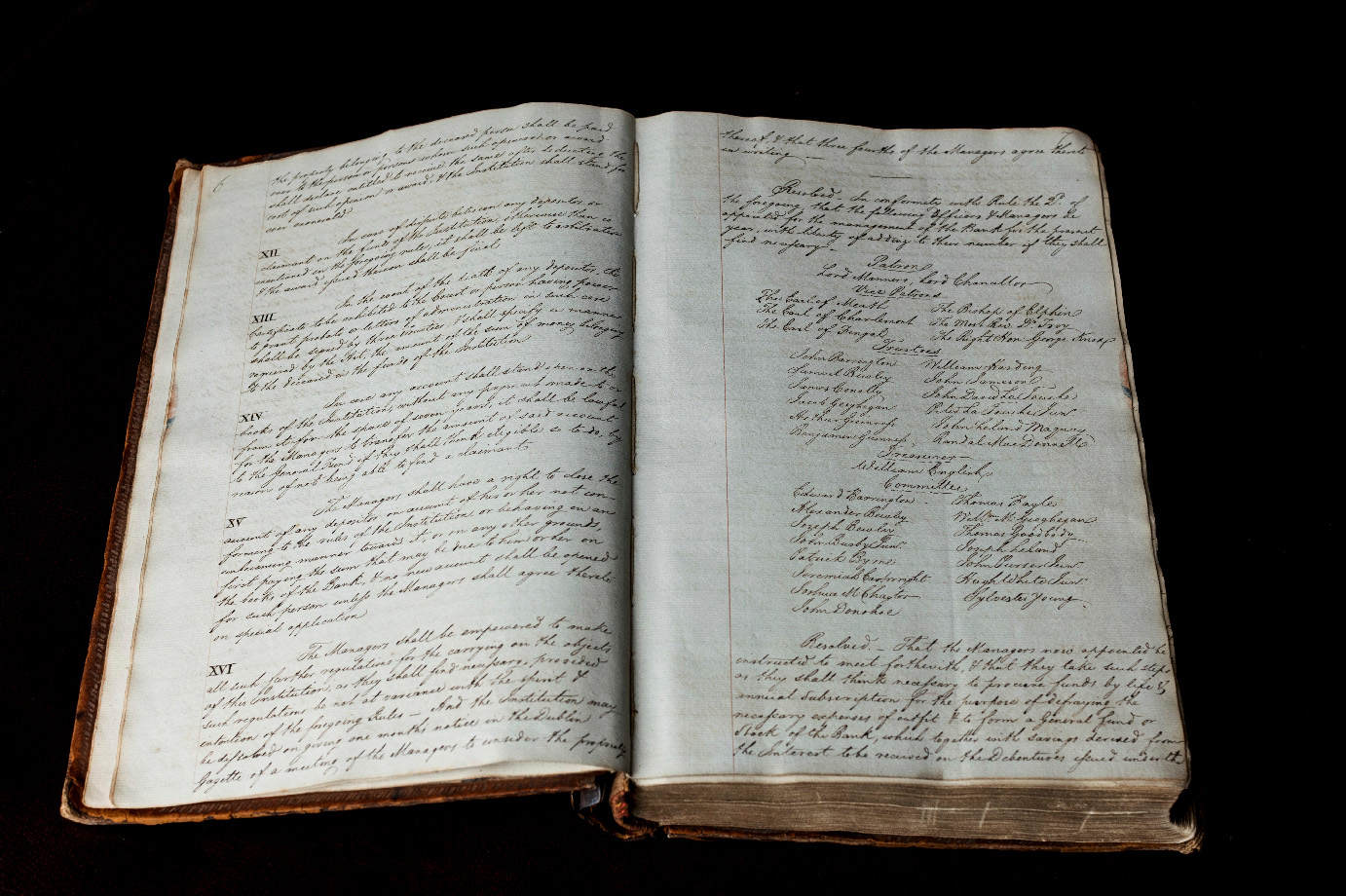
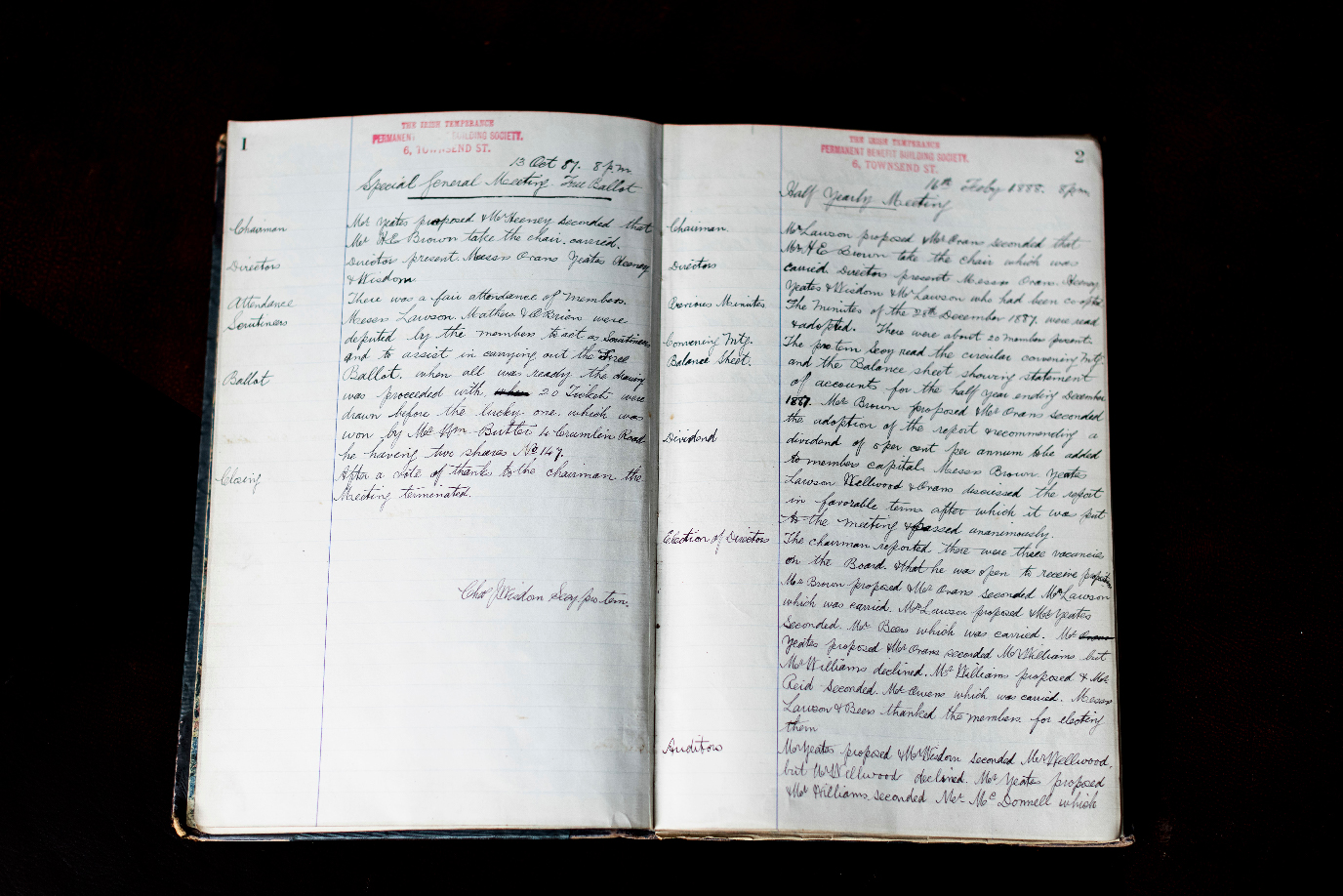
Irish Temperance Building Society Minute Book, 1887
The Irish Temperance Benefit Building Society was established in the meeting rooms of the Dublin Coffee Palace on 1 May 1884. The earliest minute book we have dates from 13 October 1887. The building society was originally a ‘ballot-and-sale’ society, meaning that loans were allocated by lottery each week and could be sold on if the winner was not in a position to purchase property. In the first entry in the minute book we can see that a man named William Butler from Crumlin won the ballot and was granted a loan against his shares in the society.
Dublin Savings Bank Passbook, 1848
This Dublin Savings Bank passbook was issued to a depositor in the Abbey Street Branch in 1848. According to the rules of the society passbooks had to be presented at the bank by depositors once a year for verification. The beehive picture printed underneath the branch name was supposed to symbolize the diligence of the bank's hardworking depositors. A variation on this image was printed in passbooks throughout the nineteenth century. Pictured below are two of the transaction pages of the passbook. The interest on the account was calculated annually on 20 November.
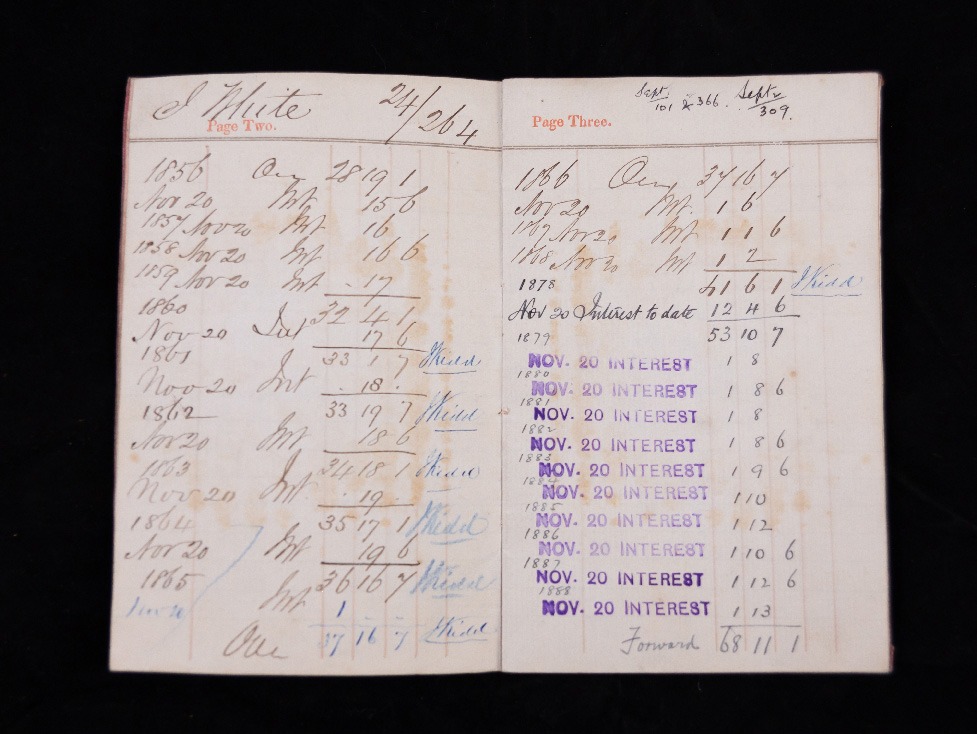
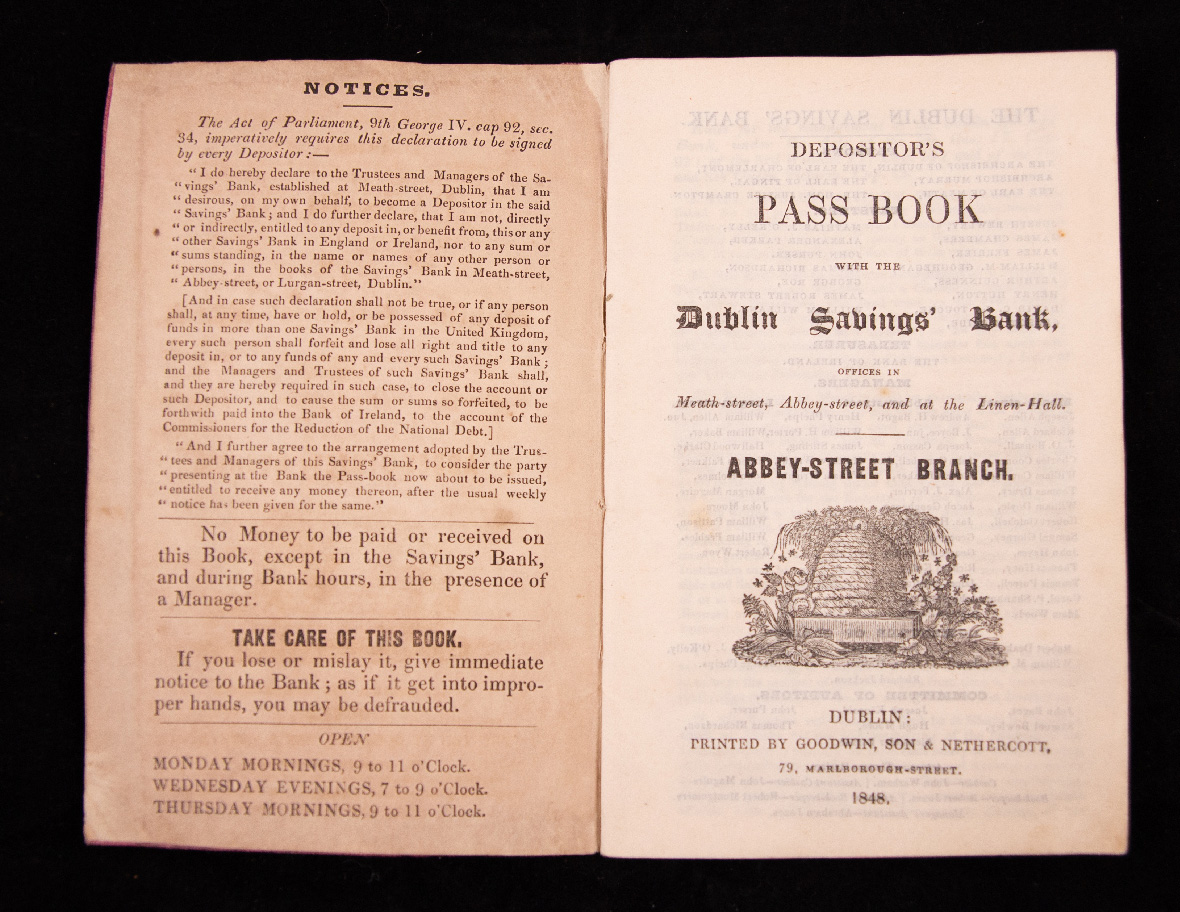
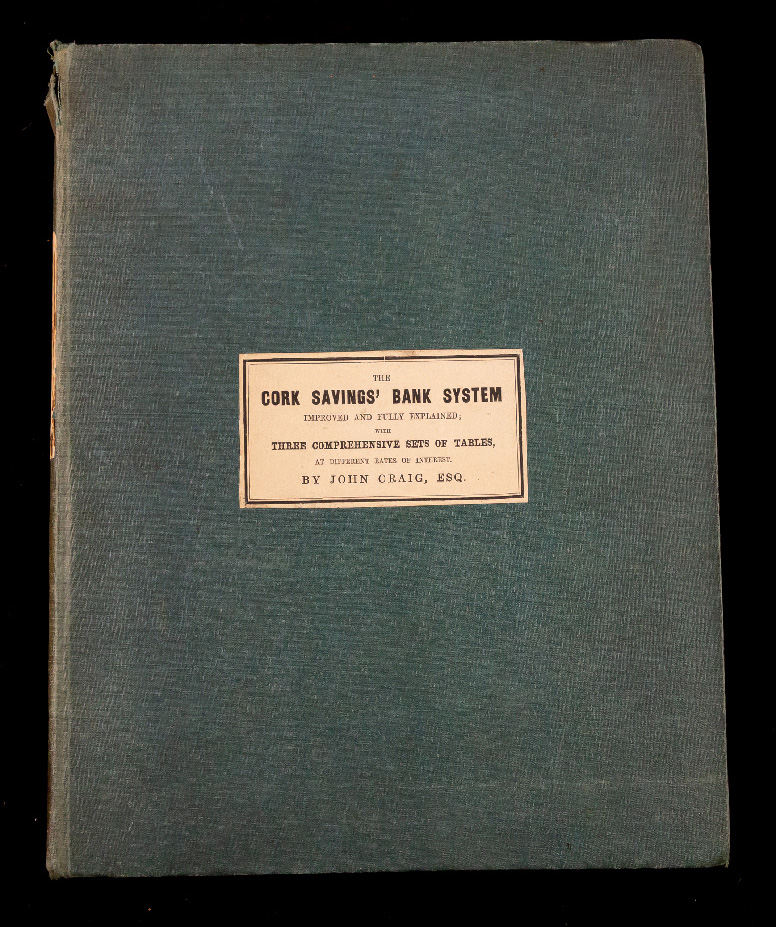
The Cork Savings’ Bank System Improved and Fully Explained by John Craig, 1854
John Craig was a Scottish businessman who settled in Ireland in the 1830s and was elected treasurer of the Cork Savings Bank in 1839. As treasurer, John Craig completely overhauled the bank’s accounting processes. He created a new balance system by double entry as well as a series of tables for easily calculating the interest owed to depositors. The system, which was described in a series of manuals published by Craig, greatly reduced the potential for fraud and error and was soon adopted by other Irish savings banks. According to the trustees of the Limerick Savings Bank, who starting using Craig’s accounting system in 1845, the new process reduced from four weeks to just three days the time it took to prepare the annual statement of accounts.
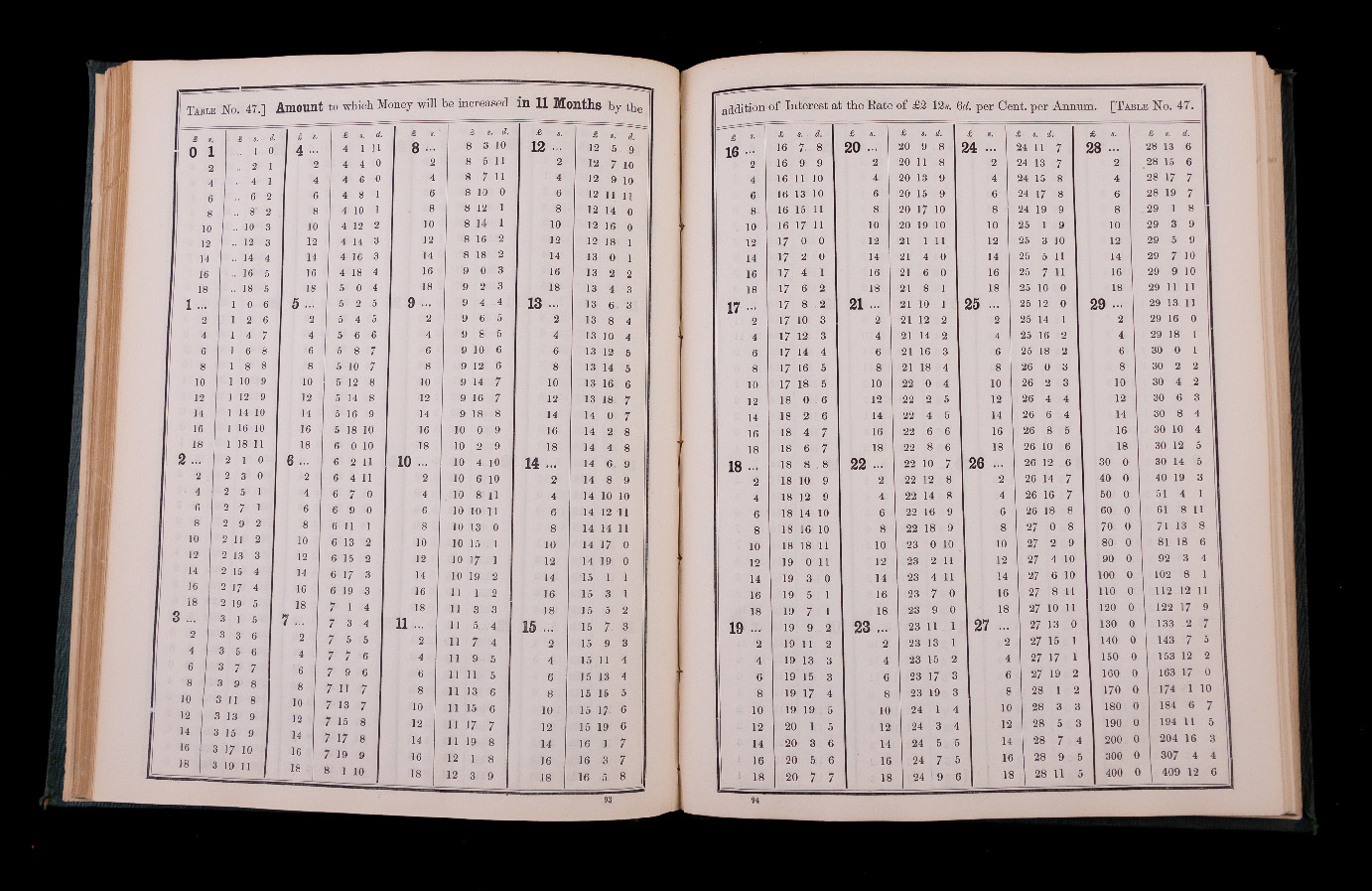
War Bond Book, 1918
From the outbreak of the First World War in August 1914 trustee savings banks and post office savings banks played an important role in encouraging depositors to subscribe to war loans and war saving certificates. Up to September 1917, post office and trustee savings banks collected a total of £220 million in war stocks. This war bond book belonged to Henry Carr Cave a long-time trustee of the Cork Savings Bank.
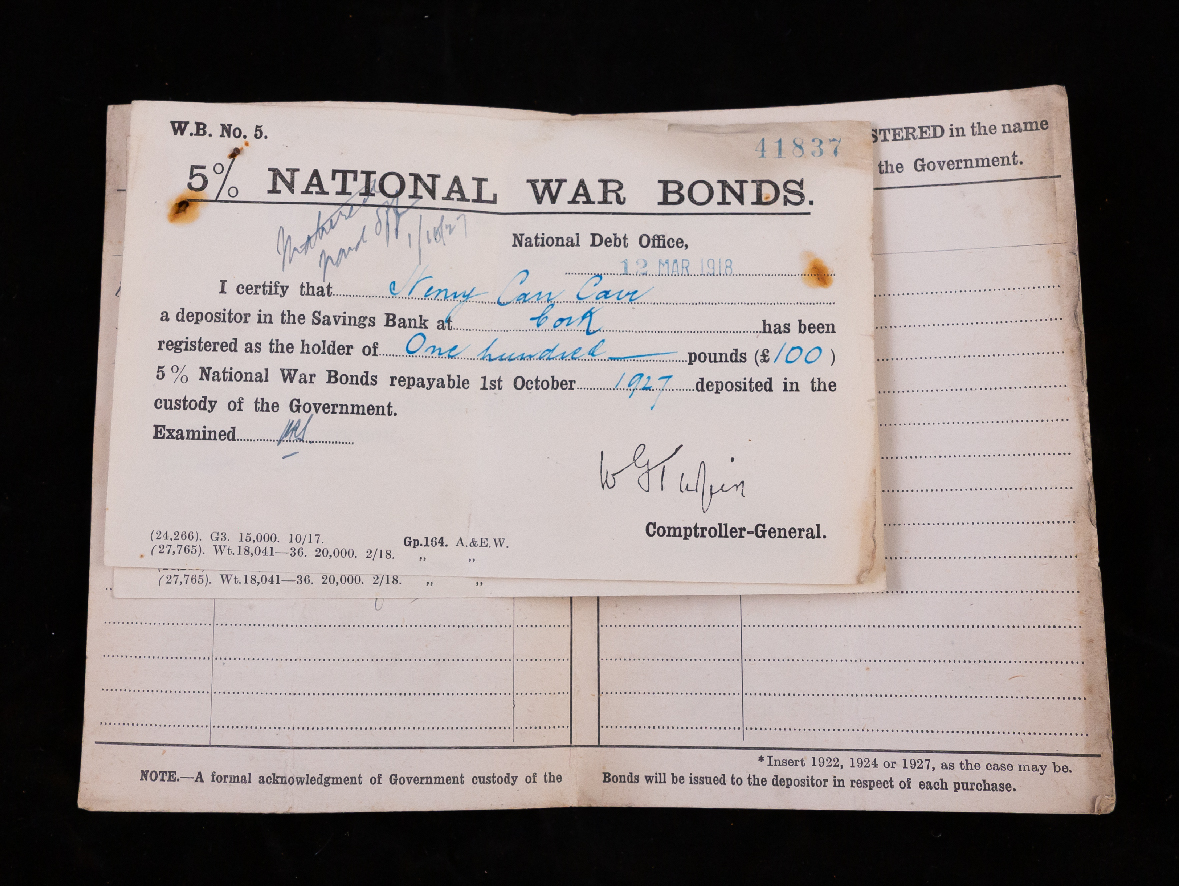
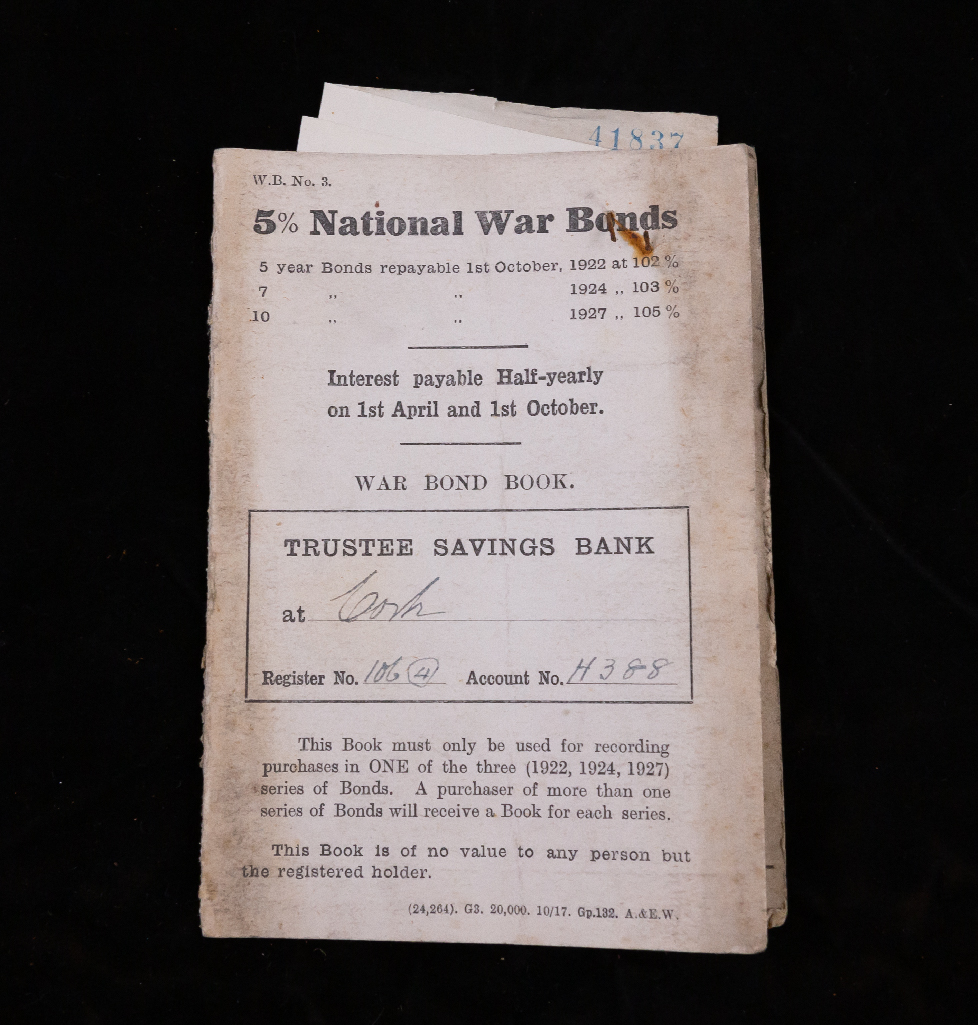
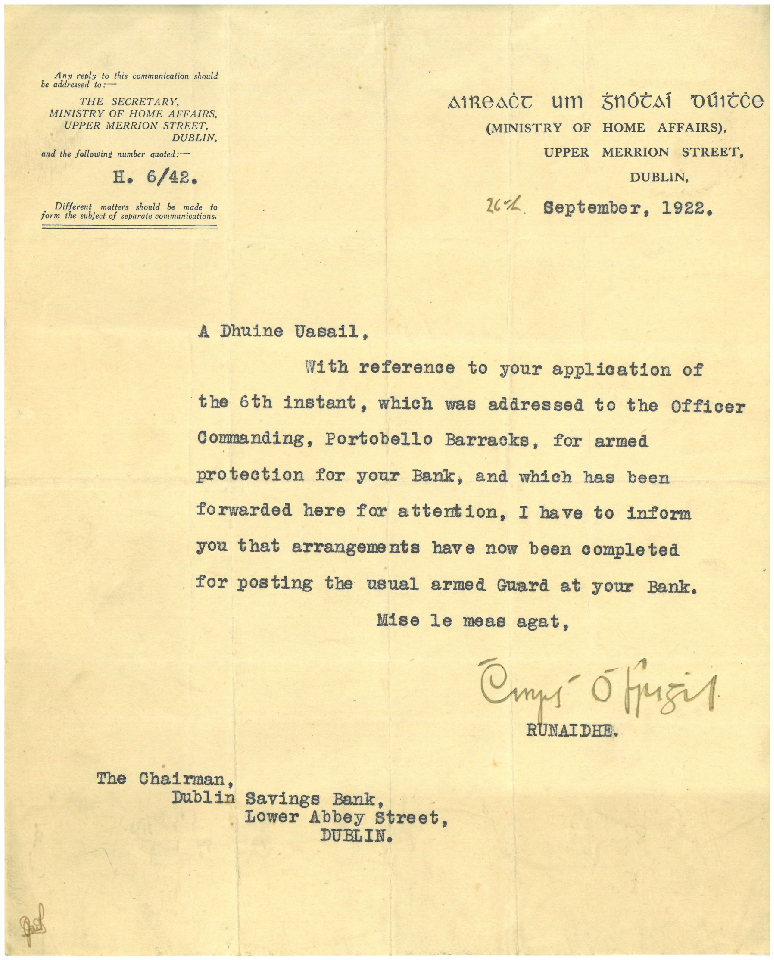
Letter from the Ministry of Home Affairs to the Chairman of Dublin Savings Bank, 1922
Permanent TSB’s banking ancestors bore witness to major historical events in Ireland. In this fascinating letter dating from September 1922, Henry O’Friel (Énrí Ó Frighil), Secretary of the Ministry of Home Affairs, writes to the chairman of Dublin Savings Bank, Abbey Street, offering armed protection for the bank. The request for protection was most likely made because of unrest during the Irish Civil War. The Abbey Street branch had been forced to close for eleven days during the Easter Rising and the ensuing turmoil.
Letter from Waterford Savings Bank to the Trustee Savings Bank Inspection Committee, 1934
In 1840 the trustees of Waterford Savings Bank commissioned the design of a new bank office with instructions that the building had to have a clock tower and be in a Grecian, Roman or Italian style. Belfast-based architect, Thomas Jackson, won the design competition and the bank on O’Connell Street, Waterford, opened for business in 1846. In this letter dating from 1934 the actuary of the Waterford Savings Bank writes of structural issues caused by a leak and dry rot in the roof of the bank building. Following a survey and report undertaken by a local architect, tenders were invited for the provision of a new roof. The clock tower and spire of the Waterford Savings Bank building were removed in 1934 as part of this renovation.
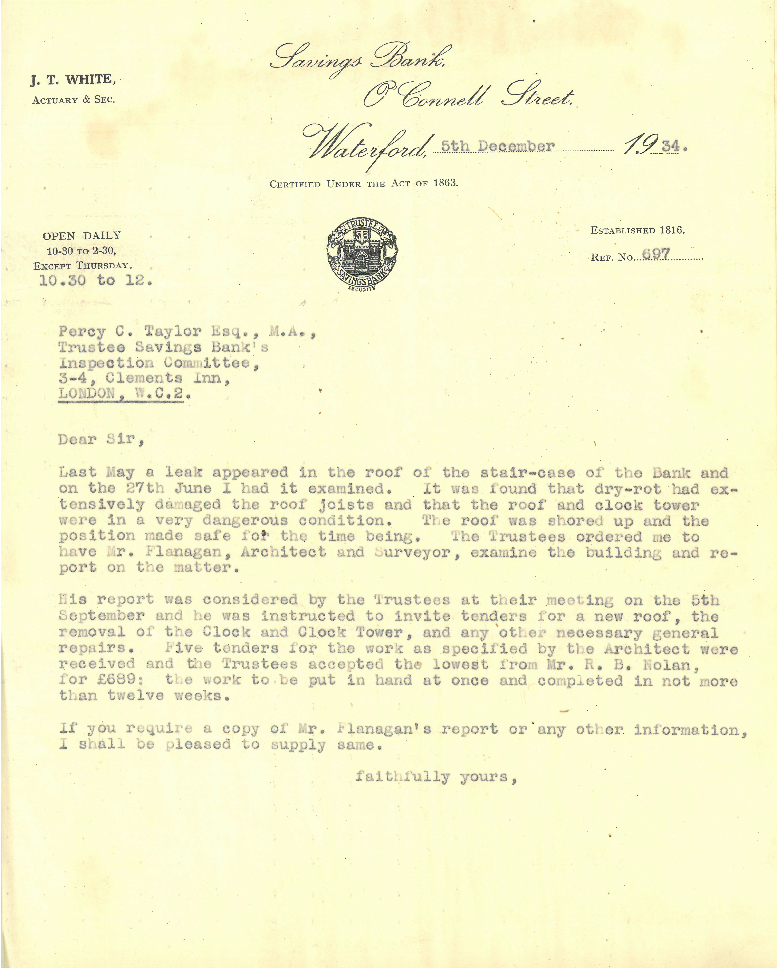
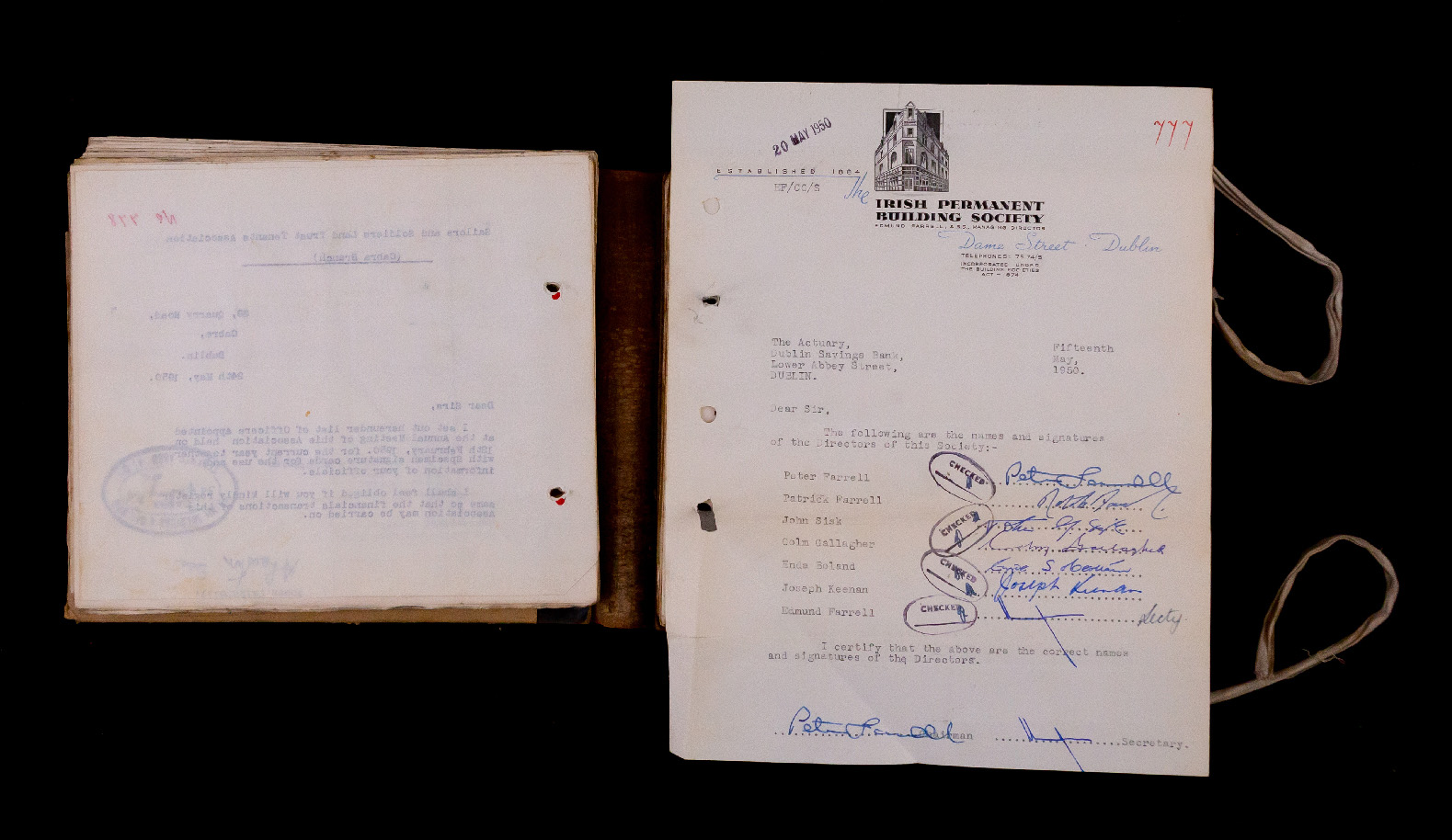
Irish Permanent Building Society Signature Form, 1950
This document is evidence of a professional relationship between Irish Permanent Building Society and Dublin Savings Bank fifty years before they would eventually merge to form Permanent TSB. Trustee savings banks catered for many unions, guilds, clubs, and societies, and society signature forms were used to update the names and credentials of those with permission to carry out transactions on behalf of an association. At top of the form there an early iteration of the Irish Permanent logo which features the old head office at 54 Dame Street.
Photograph of the opening of the Cathedral Road Branch of Cork Savings Bank, 1957
In this photograph Minister for the Gaeltacht, Jack Lynch, cuts the ribbon to officially open the Cathedral Road Branch of the Cork Savings Bank in 1957. To his right is Catholic Bishop of Cork and Ross, Cornelius Lucey, and to his left is Church of Ireland Bishop of Cork, Cloyne and Ross, Richard Perdue. There was a long-standing tradition that the Church of Ireland and Catholic Bishops of Cork served as the patrons of the Cork Savings Bank.
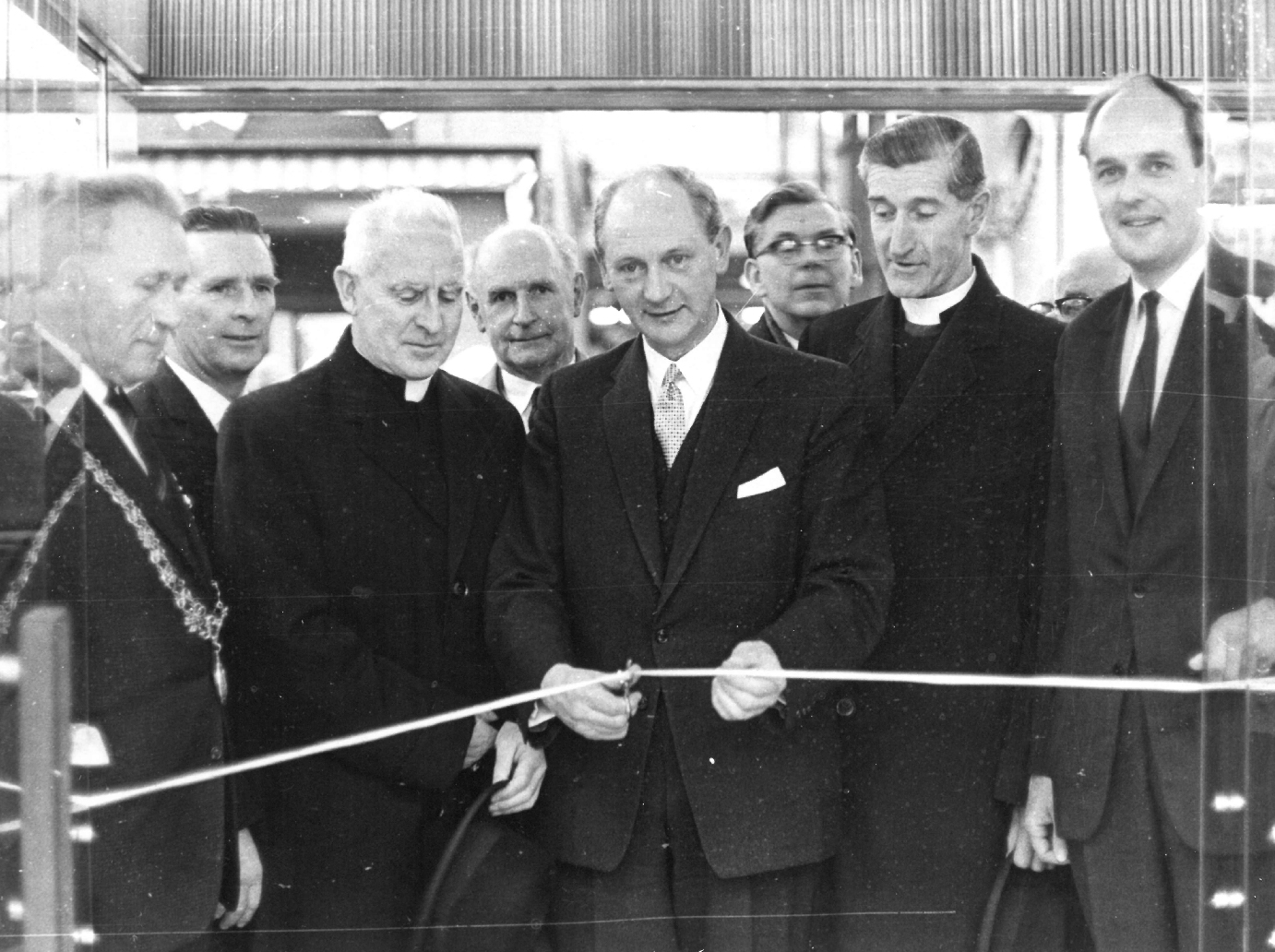
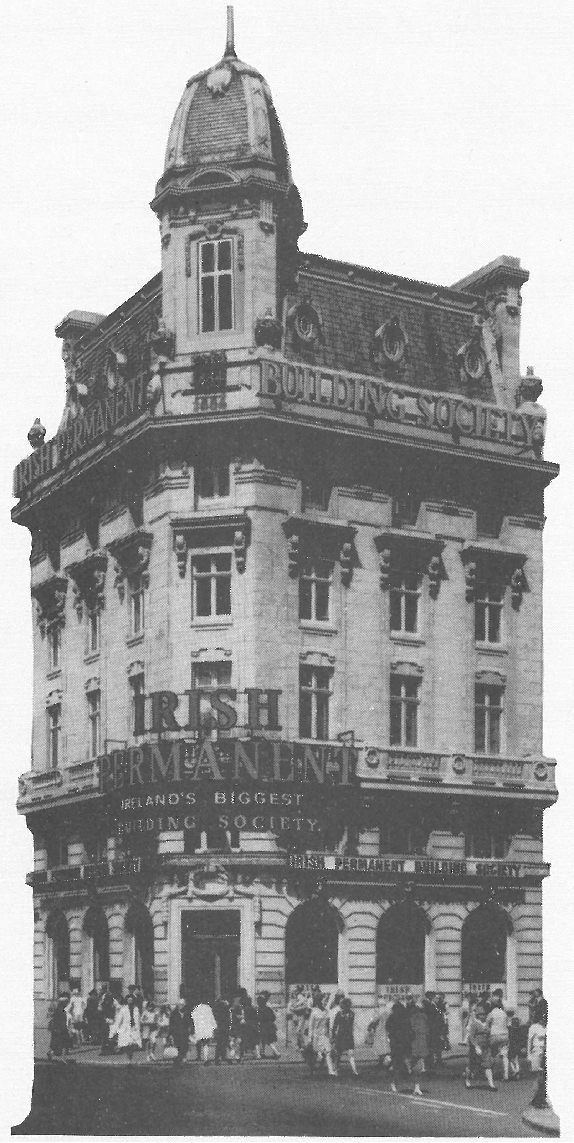
Photograph of O’Connell Street Branch of Irish Permanent Building Society, c 1970
In 1953 Irish Permanent Building Society moved its head office and flagship branch to a premises on the corner of Lower Abbey Street and O’Connell Street. The building was constructed in 1919 following the destruction of the area during the 1916 Rising. The distinctive façade of 13 O’Connell was soon incorporated into a new Irish Permanent logo and variations on this design formed the basis of the company logo for the rest of the century. In 1963 Irish Permanent became the largest building society in Ireland, a fact that is broadcast here on the front of the branch. O’Connell Street is still a major Permanent TSB branch to this day.
Irish Permanent Building Society Annual Reports, 1966-69
In the Permanent TSB Archive we have a collection of Irish Permanent annual reports dating back to 1962. They are fascinating corporate documents that can be used to chart the growth of the company and the evolution of its visual identity. This selection of reports for the years 1966 through to 1969 were all produced in a similar style and feature a minimalist rendering of the iconic O’Connell Street branch.
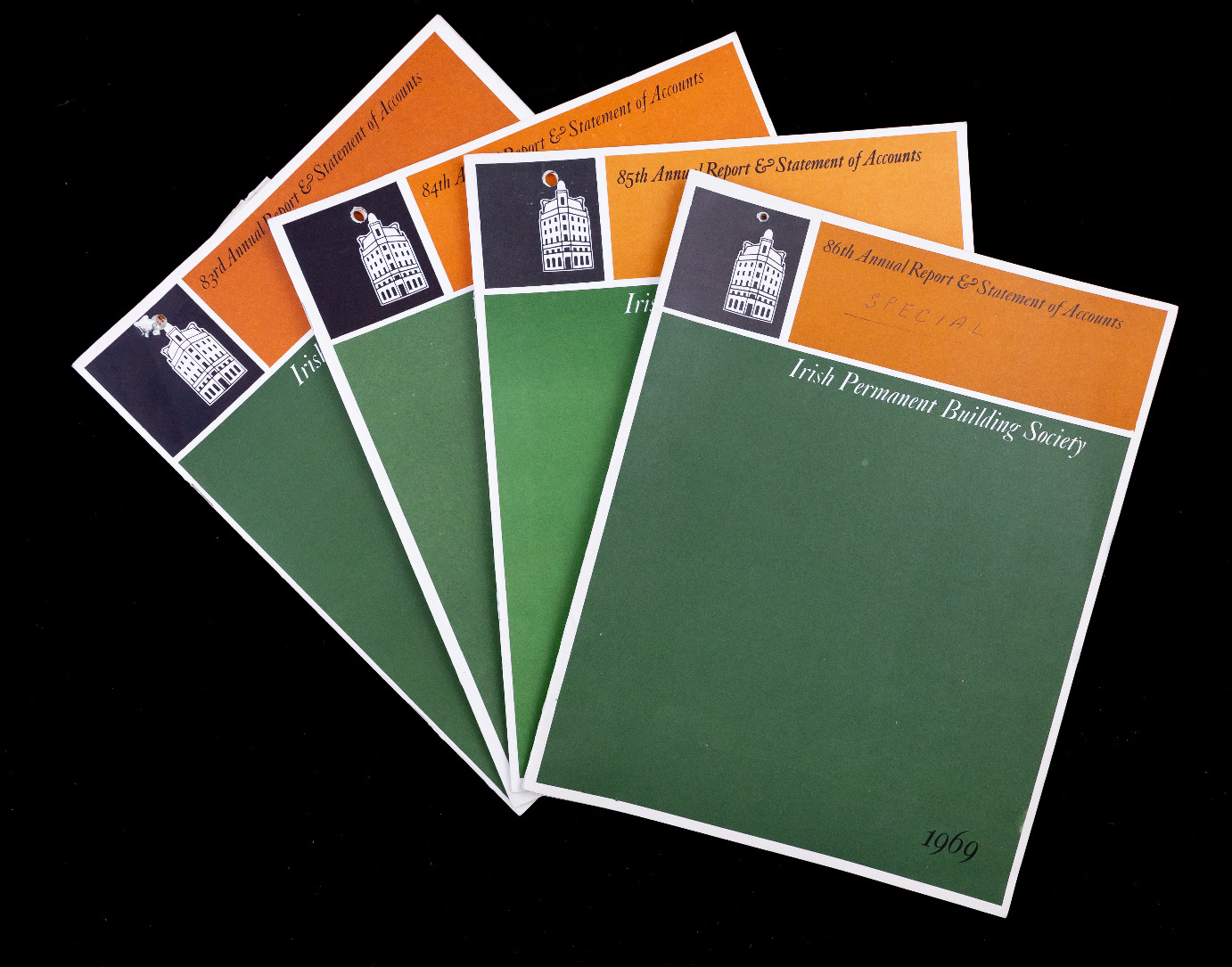
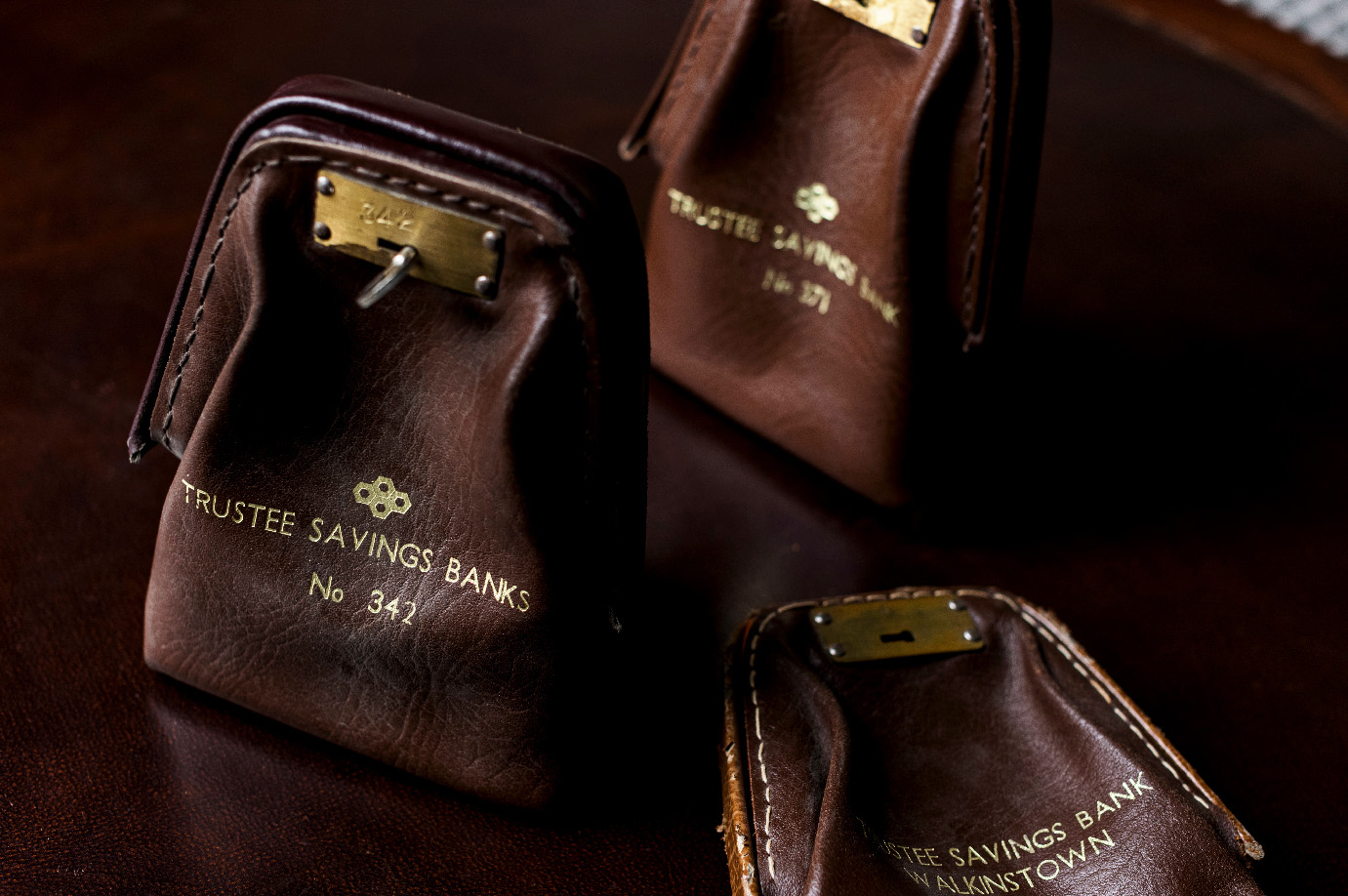
Trustee Savings Bank Safe Deposit Bags, c. 1985
These Trustee Savings Bank safe deposit bags were used by business customers to drop money into a night safe at their local bank branch. The branding on the bags dates them after 1980, which was the year that the four remaining Irish savings banks launched a new shared logo and joint marketing campaign.
Ladies Bank Uniform Scarf, c. 1995
TSB Bank was launch in 1992 following the merger of Cork and Limerick Savings Bank with TSB Dublin. This scarf, emblazoned with the TSB Bank logo, was part of the ladies bank uniform in the 1990s. The bank’s emblem was a variation on the honeycomb motif used in the earlier trustee savings bank branding, which itself is possibly a throwback to the beehive imagery associated with nineteenth-century savings banks.
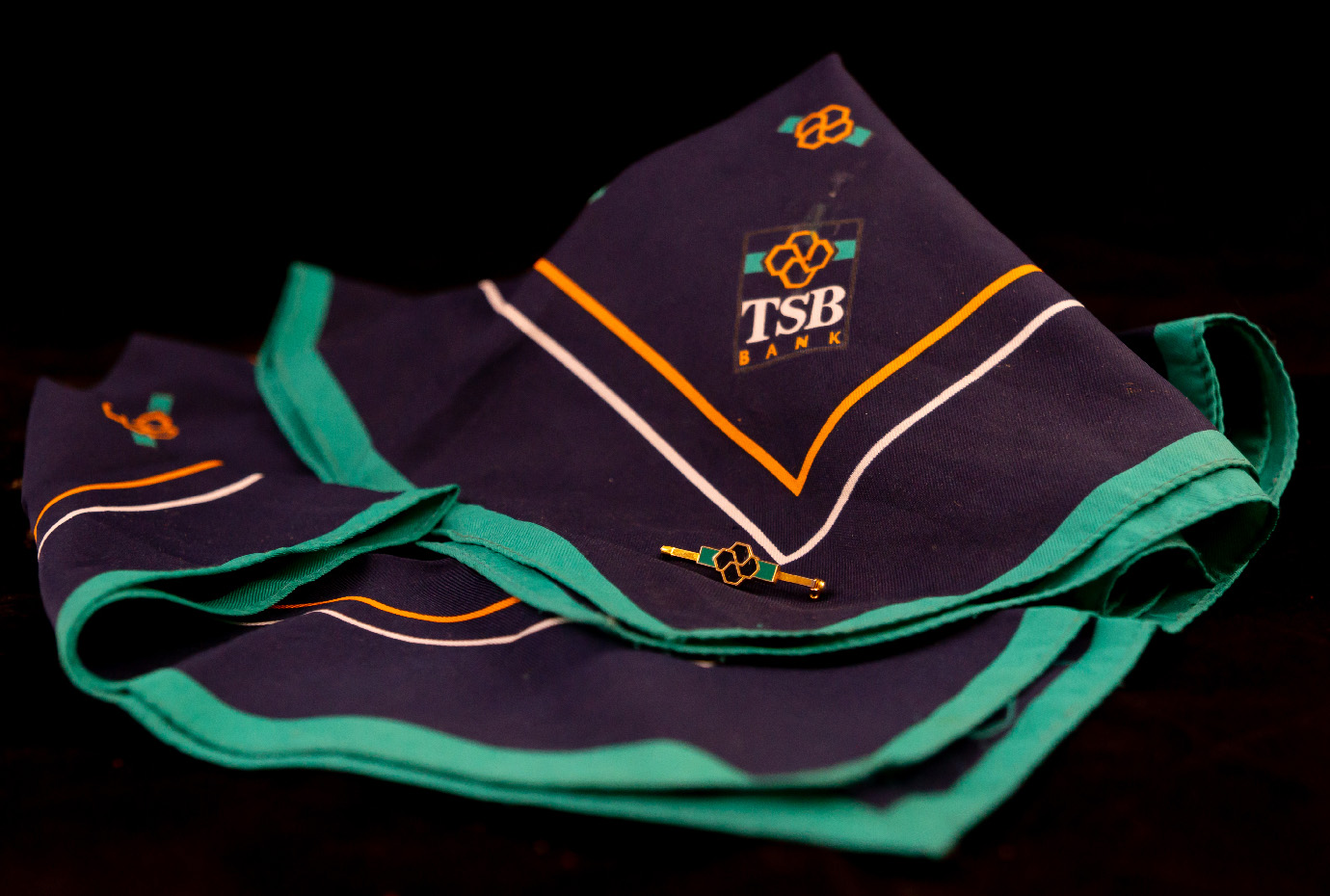
Please note, the Permanent TSB Archive is not yet open to the public as cataloguing and processing of collections is still ongoing. If you have any queries regarding the collections please get in touch with Fionnuala Parfrey, the Bank’s archivist and heritage officer:
